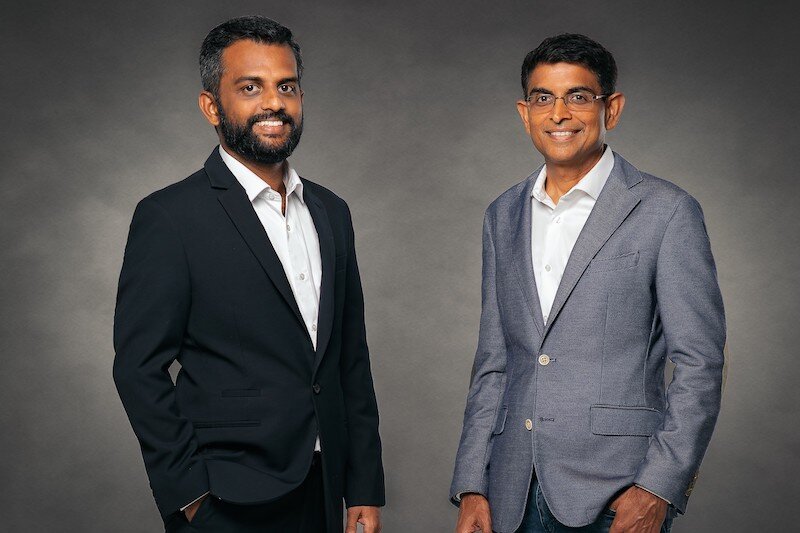Retailers failing to meet tech savvy customer expectations, Oracle
Retailers and customers are failing to see eye to eye on returns and in-store experiences. That’s according to a new 15,800 respondent global consumer study from Oracle.
While 57% of the 210 retailers surveyed believed that returning products was ‘very easy,’ the same share of consumers disagreed, rating the process as a ‘complete hassle’ or at least one that could be easier. 56% of the latter said convenience, such as having their size in stock, was the top priority, while only 34% of retailers noted it as such.
Consumers also ranked discovery, as in space to experiment and try new products (36%) and expert advice (22%) as important when shopping in-store. This was much higher than retailers who indicated these attributes at 18 and 6% respectively. “Consumer expectations are perpetually in flux, with each positive experience setting a new bar for success in retail,” says Mike Webster, Senior VP and General Manager at Oracle Retail.
“No matter if they’re enjoying the convenience of ridesharing, browsing through a seamless in-app experience or walking into a bricks and mortar storefront, customers expect the same calibre of service in all interactions, upping the stakes for retailers as they compete with rival brands and new business models.”
Consumers are also open to new technologies. 54% loved the idea of ‘online technology that allows you to view a digital version of yourself to try on products (e.g. sunglasses, clothes), and in United Arab Emirates (UAE), the appetite for this was even higher at 67%. UAE similarly leads the EMEA region in interest in VR technologies, with 68% saying they would embrace VR to ‘browse a virtual closet online and pick out items like you would in a store’ compared to 53% of global respondents.
A further 41% of the latter would be interested in ‘online subscription fashion services that automatically send you items in your style and you return the ones you don’t like,’ with North America and EMEA trailing other regions at 29 and 31% respectively.










